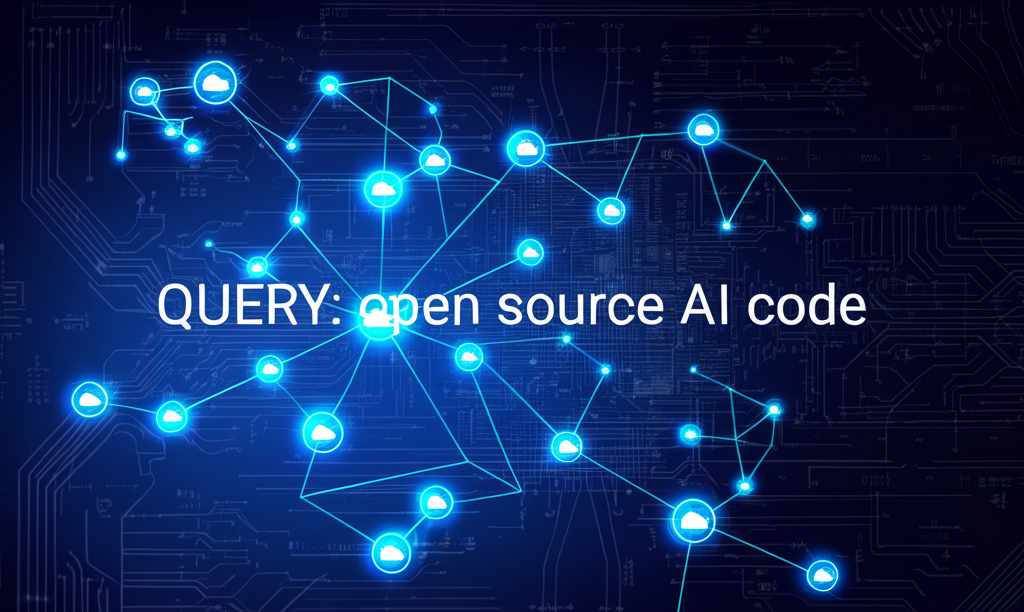
Meta Releases Open-Source Llama 3, Challenging Proprietary AI Models
Meta has officially released Llama 3, the latest version of its open-source large language model (LLM) family. The new models deliver performance comparable to leading proprietary systems while offering greater flexibility for developers, researchers, and organizations to customize and deploy AI solutions.
Model Variants and Capabilities
Llama 3 is being released in multiple sizes to accommodate different use cases and computational constraints:
- Llama 3 8B: A compact model optimized for deployment on edge devices and applications with limited computational resources
- Llama 3 70B: A mid-sized model balancing performance and efficiency
- Llama 3 400B: The flagship model designed to compete with the most advanced proprietary systems
According to Meta's benchmarks, the 400B parameter version achieves performance comparable to leading proprietary models on standard benchmarks, including MMLU, HellaSwag, and HumanEval.
Open-Source Approach
Unlike proprietary models from companies like OpenAI and Anthropic, Llama 3 is being released under a permissive license that allows for commercial use, modification, and redistribution with minimal restrictions.
"We believe that open science and open innovation is the right approach to advancing AI responsibly," said Mark Zuckerberg, CEO of Meta. "By sharing Llama 3 with the community, we're enabling thousands of developers and researchers to build on this technology, discover new applications, and contribute to making AI safer and more useful for everyone."
Technical Advancements
Llama 3 incorporates several technical innovations:
- A new tokenizer that handles multiple languages more efficiently
- Improved context window of up to 128K tokens
- Enhanced instruction-following capabilities
- Better performance on coding and mathematical reasoning tasks
- Reduced hallucinations and improved factual accuracy
The model was trained on a diverse dataset of publicly available text, including code, scientific papers, and multilingual content, with careful filtering to reduce harmful or biased outputs.
Ecosystem and Tools
Alongside the model release, Meta is providing a suite of tools to facilitate adoption:
- Llama Factory: A framework for fine-tuning Llama models on custom datasets
- Llama in a Box: Simplified deployment solutions for various platforms
- Llama Guard 2: An updated safety classifier to help filter harmful outputs
- Llama Hub: A repository of community-contributed adaptations and fine-tuned variants
Industry Impact
The release of Llama 3 is expected to accelerate the democratization of advanced AI capabilities, potentially disrupting the business models of companies focused on proprietary AI systems.
"Meta's open-source approach with Llama 3 represents a significant challenge to the closed AI ecosystem," said Dr. Emily Chen, AI researcher at Stanford University. "By making state-of-the-art models freely available, they're forcing a rethinking of how value is created in the AI space—shifting it from the models themselves to the applications and services built on top of them."
Several major organizations have already announced plans to adopt Llama 3, including Hugging Face, which will host the models on its platform, and various cloud providers that will offer optimized deployment options.
Source: Meta AI Blog
